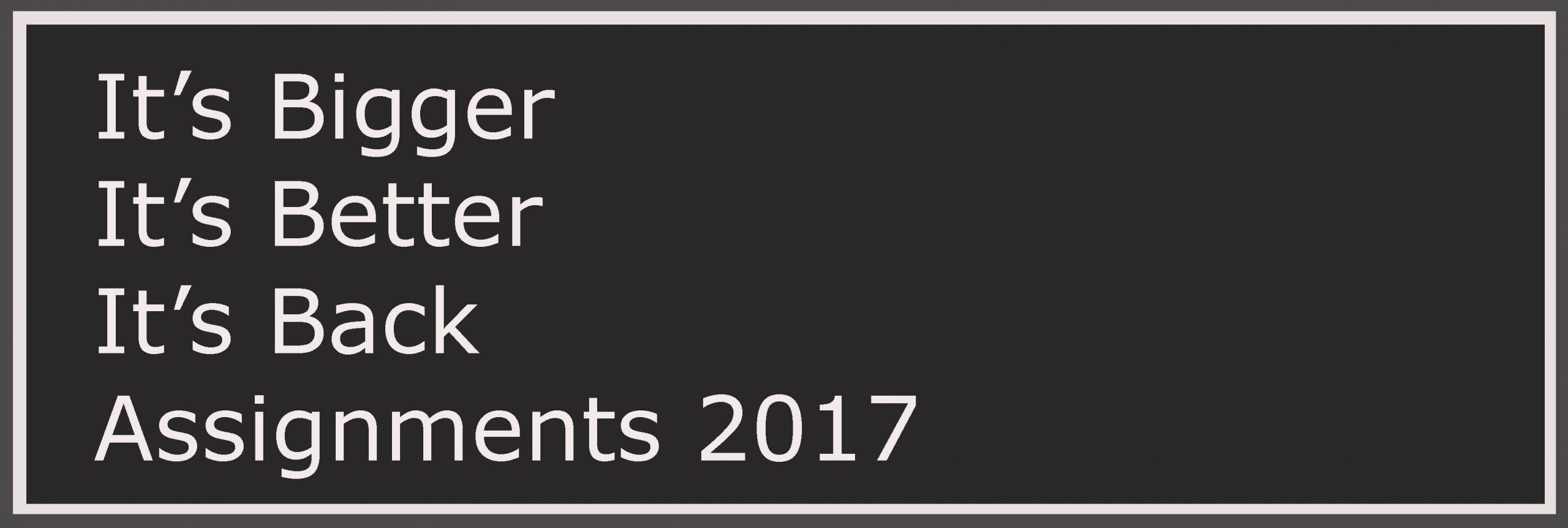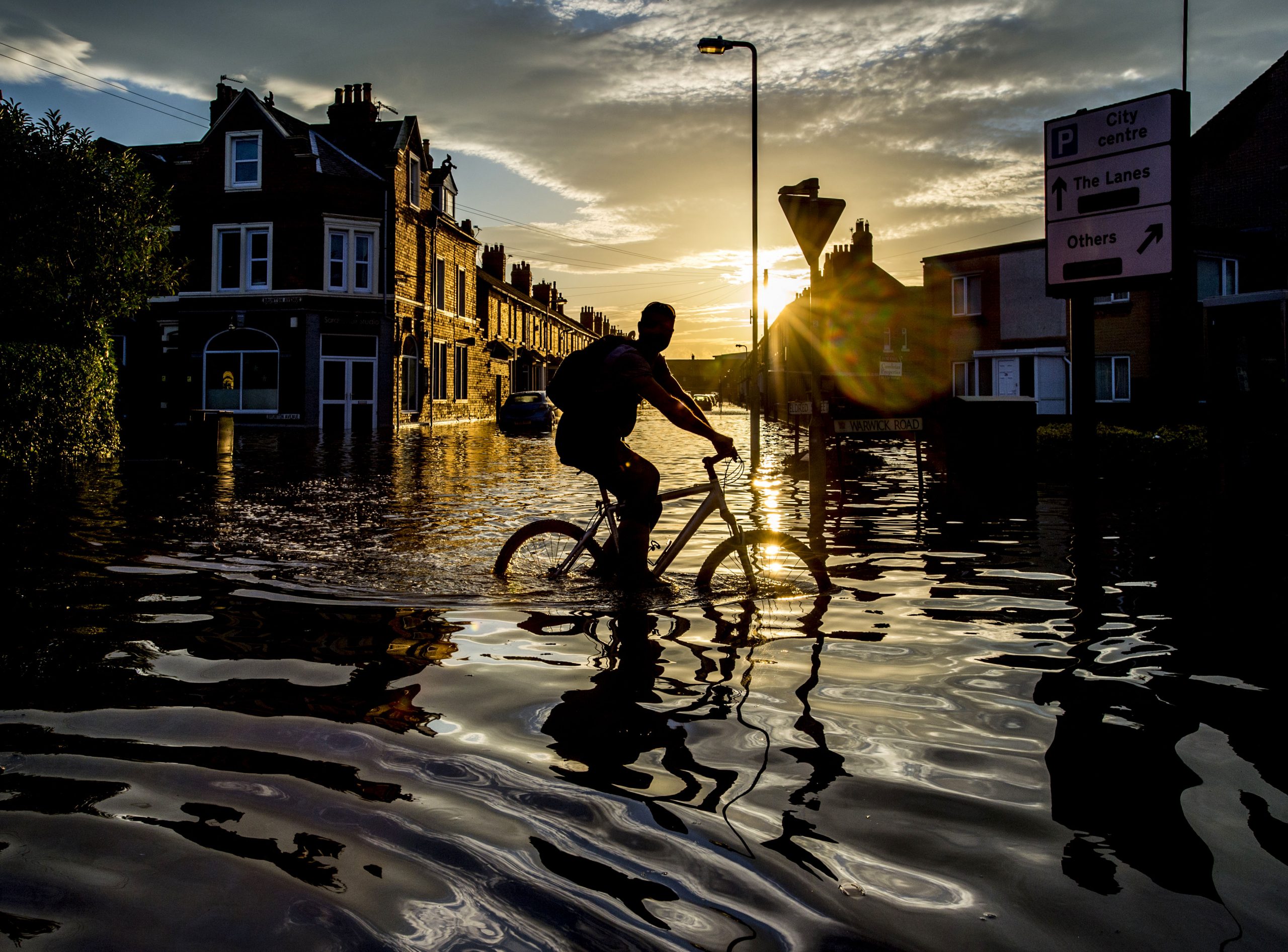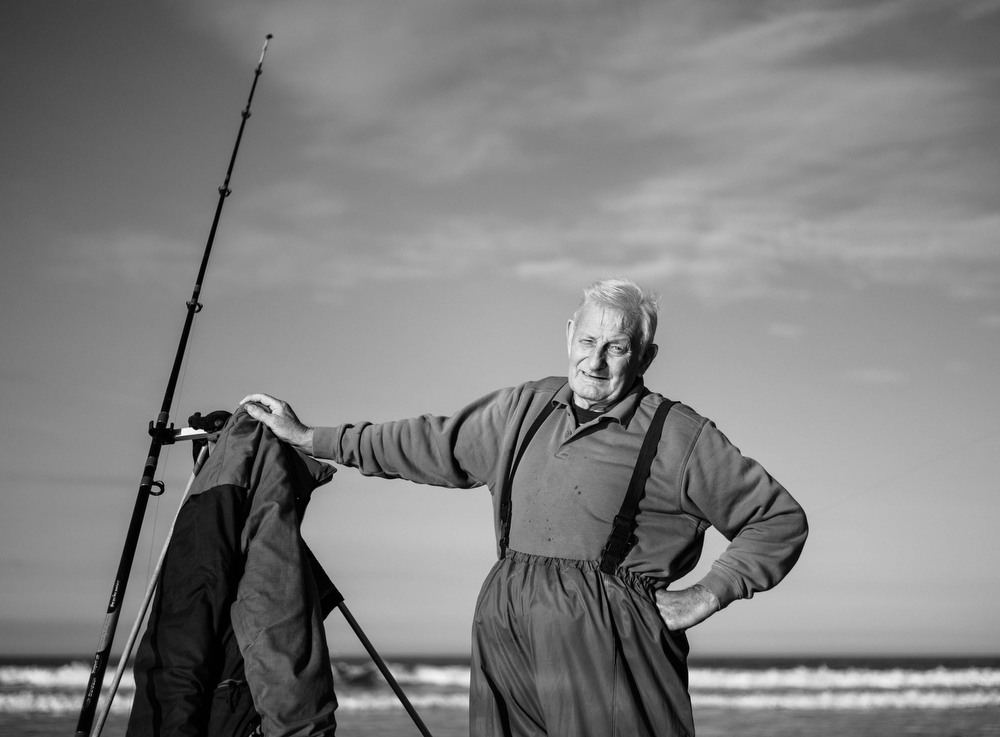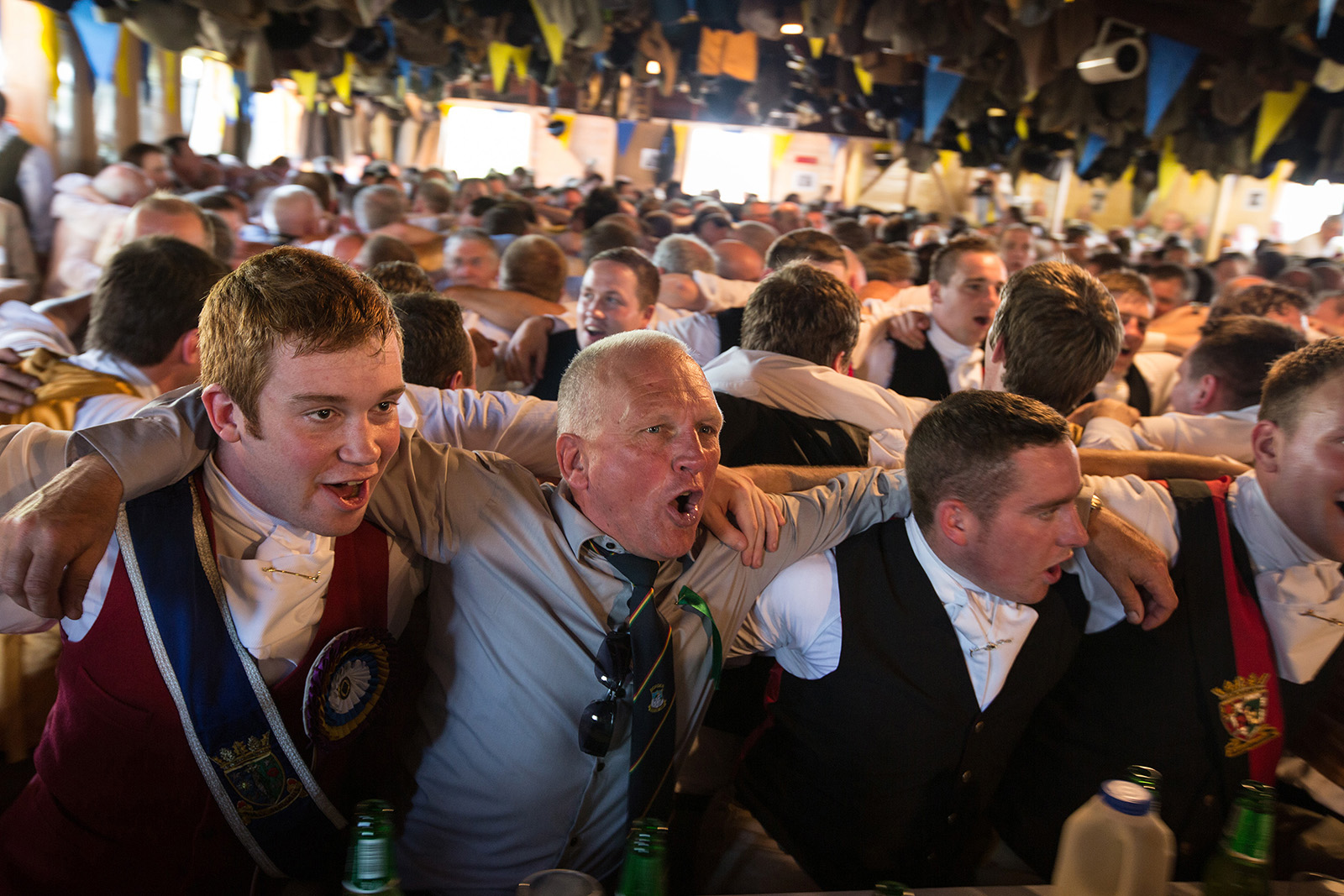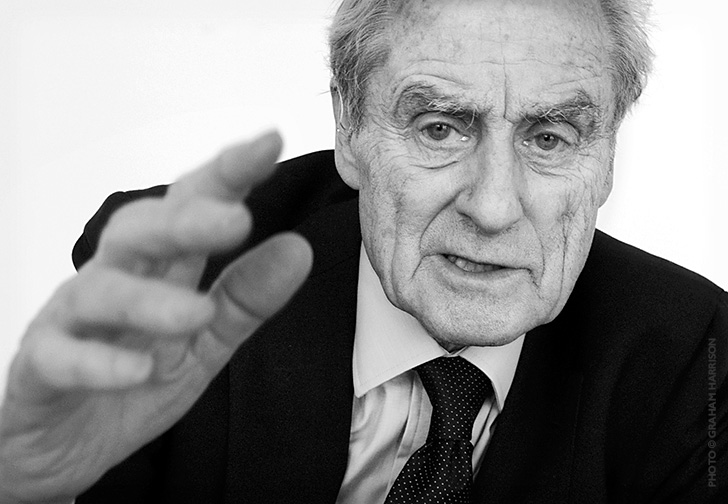An open letter to Alamy CEO James West
Dear Mr West
When our members first pointed out that Alamy was reducing the commission that it pays to contributing photographers the first reaction was “oh no not again”. Sitting and watching the video that you posted on YouTube didn’t help.
Alamy is a company whose success is built on its relationship with the people who have trusted you to handle their stock and live photography sales. Relationships built on trust are destroyed very quickly when one party moves the goalposts and that’s exactly what you are planning to do.
Many of our members are contributors to Alamy and a significant number of them have invested incredible amounts of time and money supplying images through your service. They have done this based on an expectation of an equitable split of sales. The graphs showing increasing revenue and turnover do not show the whole picture when it comes to the incomes of individual contributors. Very few of them have had the degree of income or turnover growth that Alamy can proudly boast about. We know many photographers whose income from Alamy has plateaued at best and, in a number of cases, reduced significantly.
We are not stupid. We are amongst that group of photographers that you mentioned who understand the market. We know that many individual images fetch lower prices than they once did, that it is a complex and competitive market and that sales models have changed since 1999. We understand that the financial uncertanties of Brexit mean that you have to be cautious over the next twelve months or more. We understand that Alamy wants to improve and grow. We understand that you want to fund those goals from within your own revenues but we don’t understand why you would do so at the expense of the contributors whose effort has been one of the key drivers of your rise to a turnover in excess of $30,000,000.
In essence you are asking hard working and dedicated photographers to take a 20% pay cut. It doesn’t matter that Alamy is selling more and has the potential to sell even more in the future if your investments in technology and research pay off. By reducing the photographers percentage you are asking them to pay for those developments and we would be interested to know if anyone at Alamy is taking a 20% pay cut to help fund their futures.
You will, no doubt, have read the comments underneath your video on YouTube. The anger is there for all to see and there are many photographers on there who are going to reconsider their relationship with Alamy. They don’t agree with your assertions that 40% of more sales is better than 50% of a slower increase in sales and, as individual photographers, they are probably correct.
We would ask that you reconsider this move and that you continue to pay existing contributors 50% of the sales. If new contributors want to join then maybe you could agree the 60/40 cut with them. There has to be a way to keep the trust of our members and still be able to fund development because, as things stand, Alamy keeping 60% of fewer pictures of lower quality is a distinct possibility which benefits nobody.
Kind Regards
The BPPA Board
Members Stories: Boris goes for a run…
In the first post of what will be a regular feature of BPPA Members telling the story behind a photo, BPPA Member Peter Macdiarmid, photographer London News Pictures, talks about …. Boris goes for a run ….
It’s not often that a press photograph leads the news agenda, but it does happen now and again.
I have been working as a press photographer for 31 years starting out on local newspapers in south London then progressing to The Independent, The Daily Telegraph, Reuters and 10 years as senior news photographer at Getty Images. Currently I work at London News Pictures, covering news and politics.
For me news photography is a passion and I put a lot of time and effort into looking for different images that catch the reader’s attention and illustrate a story in a unique, and hopefully original way. Sometimes this approach can make an ordinary image really stand out.
With this in mind I went looking for former foreign secretary Boris Johnson at his Oxfordshire home during last week’s Conservative Party Conference. Thinking that Boris would leave his house and head up the M40 to Birmingham for the second day of conference I positioned myself in the road outside by his driveway. Usually Boris will give a happy wave to any reporters and photographers as he gets into his car, but today I was on my own.
A short while after the sunrise began to cut through the October chill I spotted Boris leaving for an early morning run wearing his usual flowery shorts. I managed to capture a cheery wave before he disappeared down the lane that leads to the farmland surrounding his house. Normal practice, when there is a group of press doorstepping Boris, is to wait for his return and photograph him running up the lane back home, but today I decided to make use of the golden hour sunrise.
Having not ventured out into the nearby fields previously, I had to make an educated guess as to his return route. I located a spot that would enable me to photograph him crossing a path edged with long grass between two ploughed fields before turning left towards me.
I had guessed correctly and a few minutes later Boris emerged from the woodland leading to the path. He spotted me and waved. Sometimes he waves without looking up, and on this occasion he was also half raising his other arm for balance, all of which made a rather unusual image. He then jogged past me on his way home.

Rather pleased that I had found a different way of photographing the MP that was the talking point of the Conservative Party Conference, I set off back to the car to edit and transmit my images.
Within a couple of hours the images started to appear online, but with a headline that was markedly different to my caption ‘Boris Johnson waves as he runs through fields near his Oxfordshire home’. The Mirror online headline was ‘Boris Johnson commits greatest trolling in world history by running through a FIELD OF WHEAT’…. referring to the Prime Minister’s confession that the ‘naughtiest thing she has ever done’ was to ‘run through a field of wheat as a child’
My images of a man out jogging in the morning sunshine began to take on a life of their own. I spent the rest of the day fielding calls from ITV, Channel 5, BBC TV, CNN International and German TV asking for the picture for news bulletins. Multiple newspaper online websites were publishing my pictures and it was being talked about on radio bulletins by lunchtime. That day’s Evening Standard ran it on page one and another inside.
Tuesday’s papers ran the image across four front pages and on inside pages too.

I have received a few phone calls asking me if it was a stunt – as you can see – it wasn’t.
Peter Macdiarmid
London News Pictures
It’s Bigger.. It’s Better… It’s Back!!!
After the phenomenal success of last year’s ‘Assignments’ exhibition the British Press Photographers’ Association are pleased announce that IT’S BACK!!!
Not only is it back – but it’s bigger and better this year!
Assignments 2017 will go on display from 12th – 16th of October 2017 as part of PHOTOBLOCK Continue reading
Photography is not harassment
This is an open letter to the ITV management who have promoted their programme “Tonight: Harassment Uncovered” which, in places, confuses photography with sexual harassment. The programme aired at 7.30pm on the 23rd of February 2017
Dear ITV
Professional photographers are against any and all harassment of people going about their private and lawful business. To suggest or imply anything else would be disingenuous at best and libellous at worst. Street photography is a legitimate and entirely honourable form of documentary photography practised the world over.
Should any individual use this or any other art form as a cloak to hide their illegal activities then that is an issue that should be part of a Police investigation and not an excuse to demonise an entire genre of documentary photography and film-making.
The laws already exist to stop harassment and stalking and a blanket ban on any and all photography or filming without permission (amateur or professional, it matters not) would be to the detriment of society as a whole.
The BPPA
Assignments 2016: The Photographs
The wait is over. If you couldn’t make it to the Old Truman Brewery this month or if you just want to see it all over again,
CLICK HERE for Assignment 2016: The BPPA Exhibition
Thanks must go to all those members who rolled up their sleeves and covered themselves (and some walls) in paint, to our friends at Fixation who helped us fund this year’s show, and also our fabulous printer Duncan Phillips and amazing framer Daniel Gibson.
Now, who’s ready for Assignments 2017?
Self-publishing 'Coast People'
As I write this post sitting at my desk in my home office I am surrounded by an ever-increasing collection of photography books. Books that I have been gathering over many years firstly as an amateur with a keen interest and now as a working professional photographer. Over these years and I assume like many other photographers I have always found that seeing a photograph in the printed form is indeed a wonderful thing. Whether it was a print that I made myself in a basic but functional darkroom at the start or then later in the digital world as a print came rolling unceremoniously out of an inkjet printer tethered to my laptop it was still a great feeling.
The photobook is an extension of that.
A way of seeing the work of photographers I admired and the kind of work I was interested in. Looking over the titles surrounding me I see familiar names that have inspired me through my photographic career. Names like Tom Stoddart, Don McCullin, Larry Burrows, Philip Jones Griffiths, Robert Capa, Jane Bown, Robert Frank, Robert Doisneau, Weegee, Bresson, Sean Smith….the list goes on. All of them offer ideas and inspiration to the photographer and provide an insight into a time and place in history and of course it goes without saying they provide fine examples of photography. So as a photographer one of my ambitions was always to have my own book of photography. To have my work printed and have something that I could be proud of and which I would be happy to have in my collection.
My journey into publishing has been an adventure to say the least. It’s been quite a stressful undertaking. It has been financially challenging and it was a long process that at times nearly reached the point where I simply let it go thinking it was too much of a task to take on. As my collection of rejection letters from publishers increased I thought that the idea of having a book picked up by a publisher was pie in the sky so when I received a letter saying that a publisher was interested I was all ears! Now we’re not talking Steidl or Thames and Hudson here! I’m not talking about an international publishing house knocking at my door! This was a decidedly smaller affair and one that would result in only a small run of books. To try and generate interest and arrange with bookshops that would be willing to stock the book meant I had to be very proactive and most of the publicity for the book fell upon me.
Things were going well. Layouts were all done. Captions were written and pictures decided upon. I had approached some local media and started to generate some wider interest in the book. I provisionally secured nearly thirty orders in one day just by posting it on social media. I had spoken to my friend, a photographer who’s work I admire greatly, Tom Stoddart, who kindly agreed to write the introduction for the book and all was going well. But problems arose when I saw the quality of the prints in the book. They weren’t what they should be. Not for a good quality photography book.
Now I was under no illusions about this book. I had no thoughts at all that this would make it into the collection of the world’s great photography books! I’m not under any impression that this small addition would make a difference to the world of photography as a whole. But that wasn’t the point. This was my book with my pictures in and so I wanted it to be right and I wanted it to be printed well. So after a few weeks of trying to work through the problems with the printing it became clear that it wasn’t going to get resolved and I had to look for an alternative way of doing it. Now I’ve self-published a couple of one-off books before through the online company ‘Blurb’. So I knew that the quality was very good and at least with the template style options available there were plenty of ways of making the book my own and which gave me some creative freedom when I put it together. So I found myself going down the route of self-publishing to try and get this book off the ground. After a re-design and a change in layout I eventually had a finished copy that looked how I wanted it to look.
Now the financial outlay of self-publishing is one that shouldn’t be underestimated. Unless you have a few thousand quid put aside it’s an uphill struggle. So much so that the costs of producing a number of copies was, for me anyway quite prohibitive. I could have waited for a couple of years or whatever until I had enough money put to one side to allow me to produce a few thousand copies off but let’s face it…when do any of us get to the point when we ever have enough money to do something like that. Sometimes you just have to go for it and see where it goes. So my book, ‘Coast People’ was released on-line through ‘Blurb’ last month. It represents the culmination of a long-term photography project that I had been working on for around 5 or 6 years and is a visual document of something that I’m passionate about and which I have access to all year round. It looks at the coastline between an area called South Gare at the mouth of the River Tees in Cleveland and down the coast to Flamborough Head in North Yorkshire. With the book I’ve tried to show the people who live or visit and who use the coastline for recreation, sport and business or simply as a means to get a break away from whatever they usually do. My approach was to look for the simple, the quirky or the humorous. Some are posed portraits whilst the majority are just ‘as they happened’ without interference from me and which I hope, as a documentary photographer might form some part of a visual record of how people use the coast and which might help promote the heritage of the area and ultimately help protect it.
So only time will tell if it achieves this. But all the comments I have had back so far from those that have bought it have been very positive and as far as self-publishing goes? Well as a working photographer the financial aspect cannot be ignored in anything we do. The pursuit of a fair wage for what we produce is ignored at our peril and as professionals none of us should ever work for free! Occasionally however the challenges of taking on a self-publishing task might bring other rewards that might as yet not be immediately obvious. It can bring an understanding that in this oppressive digital age the production of a book of photography is a real-time extension of the digital world we now live in. A book has form. It has texture and feeling. It is a collection of pictures chosen over many months by the photographer and a collection that has been put together with pride and commitment. It is also quite addictive! I am also releasing a high-quality magazine at the start of December that shows a selection of my feature stories and documentary work from through the year. Called ‘Room 2850’ – after my blog of the same name – I hope to produce twice a year showing more of the stories I photograph.
So maybe give it a go? Turn that long-term project that has been simmering away for a few years into something tangible, something that can be held and looked at many times. Maybe a few copies will sell or maybe thousands will be bought but at the very least it is something which can stand alongside all your other photography books but which can claim to have the one thing none of the other books have…you made it.
You can get the book from Blurb here and you can see more of Ian Forsyth’s work here
The Hut
‘The Hut’, six simple letters making two words, but which in the Borders region of Scotland , and in particular in Hawick, conjure up images of men linking arms, swaying, singing, drinking and 500 years of remembrance and history.
I’ve photographed all over the world, in many exotic locations, from the jungles of Papua New Guinea to the boardrooms of Tokyo, but on returning to live in Scotland in the last few years I’ve begun to explore once more my own country, an exploration which during my recent ‘Unsullied And Untarnished’ book project, looking at the Common Riding festivals of the Scottish Borders, took me inside ‘The Hut’.
The event was the ‘Curds and Creams Repast’, a morning event at the Hawick Common Riding, an annual festival which commemorates the capture of an English Flag in 1514 and the ancient custom of symbolically checking the boundaries of the common lands. On the hills above the town, the riders approach the Hut, the men jump from their horses leaving youths to tend them, and run for the wooden farm building. The event is ticketed, and to some visitors surprising in that it is a male-only event. While the riders enjoy their hour or so inside, the female riders and participants of the Ridings mill around outside, listening to the proceedings over speakers.
Inside, men from the various Border towns representing other Common Riding festivals sit at long benches. Speeches are made and listened to, traditions are observed, songs sung, and copious drinks of rum and milk consumed.
I’ve been fortunate to gain entry twice to photograph, my presence tolerated if not exactly welcomed. Although visitors are welcome at the Common Ridings, these are essentially local festivals for local people. But photographing in the hut, with the condensation forming on my camera lens, the sweat dripping, the air humid with the heat, song and perspiration of 200 horsemen, stands as one of the more fascinating things I’ve witnessed in my own country, and certainly is proof that you don’t need to take off for foreign climates to see extraordinary sights and experience life.
Incredibly, even here in Scotland, the Common Ridings are little known outside of the Borders. With my latest project, Unsullied And Untarnished, out now as a book of the same title, and which also forms my part of a new show by Document Scotland photography collective, I hope others can gain an insight into the annual festivals, to learn about the pride and love the participants have for their communities, their traditions and the history of this country.
Unsullied And Untarnished book, with a foreword by photojournalist Harry Benson CBE and essay by Alex Massie, is available from Jeremy Sutton-Hibbert’s website. www.jeremysuttonhibbert.com
Unsullied And Untarnished forms Jeremy Sutton-Hibbert’s contribution to Document Scotland’s The Ties That Bind photography exhibition, on now until 24th April 2016 at the Scottish National Portrait Gallery, Edinburgh, Scotland.
www.documentscotland.com
©Jeremy Sutton-Hibbert. 2015.
[email protected]
Sir Harold Evans – interview
The book Pictures on a Page by Sir Harold Evans is widely considered the definitive text on photojournalism, layout and picture editing.
Voted the all-time greatest British newspaper editor by British journalists in 2001, Evans made his name at the Northern Echo and at the Sunday Times, which he was editing when he wrote Pictures on a Page in 1978. What is less well known among photographers is that Pictures on a Page was just one in a series of five text books he wrote for working photographers, journalists and students. “Everything we knew… we knew it because of Harry,” said Guardian editor, Alan Rusbridger, in 2013.
When Graham Harrison, a member of The BPPA, met the 87-year old at the Media Space in May he found his interest in photography was as great as ever.
As is his recognition of the dangers that photographers encounter. In his forward to Five Thousand Days, published by the BPPA in 2004, Evans wrote that press photographers “cannot move in the shadows, as can the reporter. These digital days, getting a picture back to the newspaper is not the nightmare it used to be, while the risks in taking a picture at all have multiplied”.
A feature documentary about Evans’ investigative journalism, ’Attacking the Devil: Harold Evans and the last Nazi War Crime’, directed by Jaqui and David Morris makers of McCullin (2012), premieres in January.
You can read Graham Harrison’s article on Photo Histories.
Bob Martin's 1/1000th
1/1000th is a retrospective book and exhibition featuring the work of sports photographer Bob Martin. Bob has been at the top of the profession for the last three decades and this is his first solo book. As you might imagine, it contains some of the very finest sports photographs ever shot and it has been designed to show those images at their best.
The exhibition will only be in London for two days before being packed up ready to travel to a number of other locations. You can have a look at some sample spreads and pre-order the book from the dedicated site from Vision Sports Publishing using the discount code bppa as well as getting details of where and when you can see the exhibition. The London dates are:
Tuesday 17th November from noon until 6.00pm
Wednesday 18th November 10.00am until 5.00pm
The Eagle’s Nest
1 Ebenezer Street
London
N1 7NP

